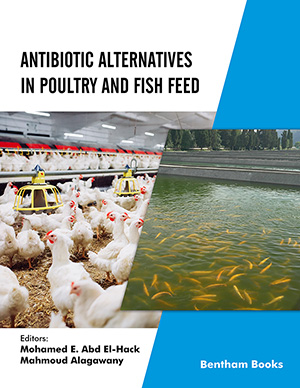Abstract
Mycotoxins are metabolites and toxic substances produced by certain filamentous fungi that frequently contaminate food and agriculture commodities, which cause disease in animals or man. The toxigenic fungi belong to mainly three genera: Aspergillus, Penicillium and Fusarium. Examples of mycotoxins of greatest public health and agroeconomic significance include aflatoxins, ochratoxins, trichothecenes, zearalenone, fumonisins, patulin and ergot alkaloids. Commodities susceptible to direct contamination with mycotoxins include nuts, oilseeds and grains. Chemical and biological treatments have been attempted to minimize the risk of mycotoxins contamination or eliminate the fungi of food and feeds. One way to prevent or interfere with fungal growth and mycotoxin production is by use of synthetic or natural agents. Bacteria have been studied to control the mycotoxins production and fungal growth in food. Plant genotypes resistant to infection by toxigenic fungi have been also studied. This review will approach same patented methods applied to degrade, prevent and control of mycotoxins in food and feeds.
Keywords: Mycotoxin, toxigenic fungi, chemical control, biological control, genetically modified plant, fungal resistance, aflatoxin, trichothecenes, ochratoxins, Aspergillus
 27
27


















